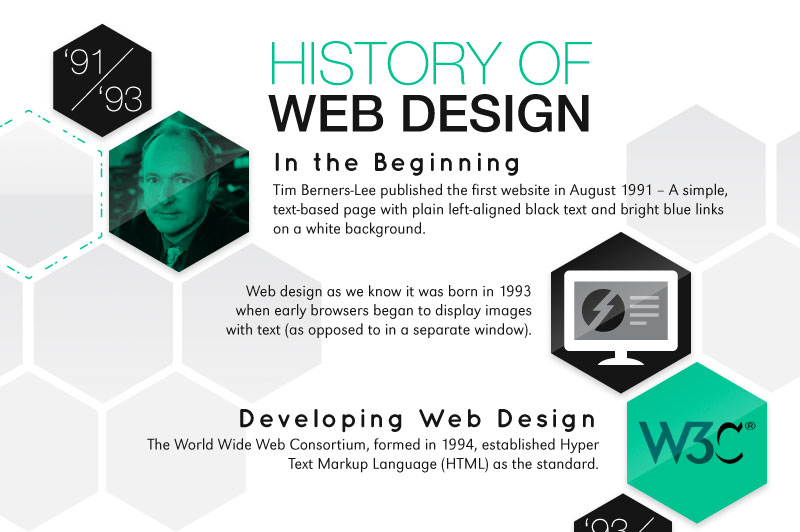Basic Elements Of Website Design: Guidelines For Establishing A User-Centric Site
Basic Elements Of Website Design: Guidelines For Establishing A User-Centric Site
Blog Article
Developed By-Wiley Devine
When it concerns internet site layout, making certain user-friendliness is essential. From receptive layout to streamlined navigating, every component plays a vital duty in developing a site that satisfies your target market's needs. However what about please click the up coming document that can make or damage a customer's searching experience? Keep tuned as we discover some often-overlooked pointers that can raise your site's usability to the next level, making it absolutely stand apart in the digital landscape.
Importance of Responsive Design
Receptive design is a critical element of contemporary web site growth. Ensuring your web site is responsive ways that it can adapt to various display dimensions and tools, offering a seamless experience for users.
With the raising use of smart devices and tablet computers to access the web, having a responsive style is vital for getting to a larger audience. It assists in enhancing individual experience by making your web site easy to browse and read on any kind of device.
Furthermore, browse around this website can positively impact your online search engine positions, as internet search engine like Google prioritize mobile-friendly sites. By having a receptive design, you're also future-proofing your site, as brand-new devices with varying screen dimensions remain to emerge.
Simplify Navigating Framework
To enhance user experience and facilitate easy accessibility to details on your site, streamlining the navigation framework is vital. When creating your website, focus on creating a clear and user-friendly navigating food selection that helps site visitors discover what they're looking for promptly.
Restriction the number of menu products to the basics, organizing related pages with each other to prevent overwhelming users. Usage descriptive labels that clearly suggest the content of each page, making it less complicated for customers to understand where each link will certainly take them.
Think about applying dropdown menus for subcategories to stop cluttering the major navigation bar. In addition, consist of a search bar prominently on the web page for users who choose searching for certain information.
Focus on mobile responsiveness in your navigation style to make sure very easy accessibility on all tools.
Maximize Page Tons Speed
Improving page tons speed is essential for keeping site visitors on your internet site. Slow-loading web pages frustrate customers and can result in high bounce prices. To maximize page load rate, begin by maximizing pictures. Press images without jeopardizing top quality to reduce their data dimensions.
Furthermore, allow internet browser caching to keep regularly accessed sources in your area, quickening tons times for returning visitors. Minify CSS, JavaScript, and HTML files by eliminating unnecessary characters, comments, and formatting, improving lots rate.
Consider using a material delivery network (CDN) to distribute your internet site's web content across numerous servers worldwide, reducing latency for individuals accessing your site from various places. Lastly, limit using third-party scripts and plugins, as they can significantly affect tons times.
Verdict
To conclude, by including receptive style, simplifying navigating, and maximizing page lots speed, you can produce an easy to use site that attract a wider target market and improves user experience. These essential elements ensure that visitors can conveniently accessibility and navigate your website across various tools, bring about boosted interaction and fulfillment. By concentrating on these crucial aspects, you can construct an effective site that keeps users coming back for even more.
